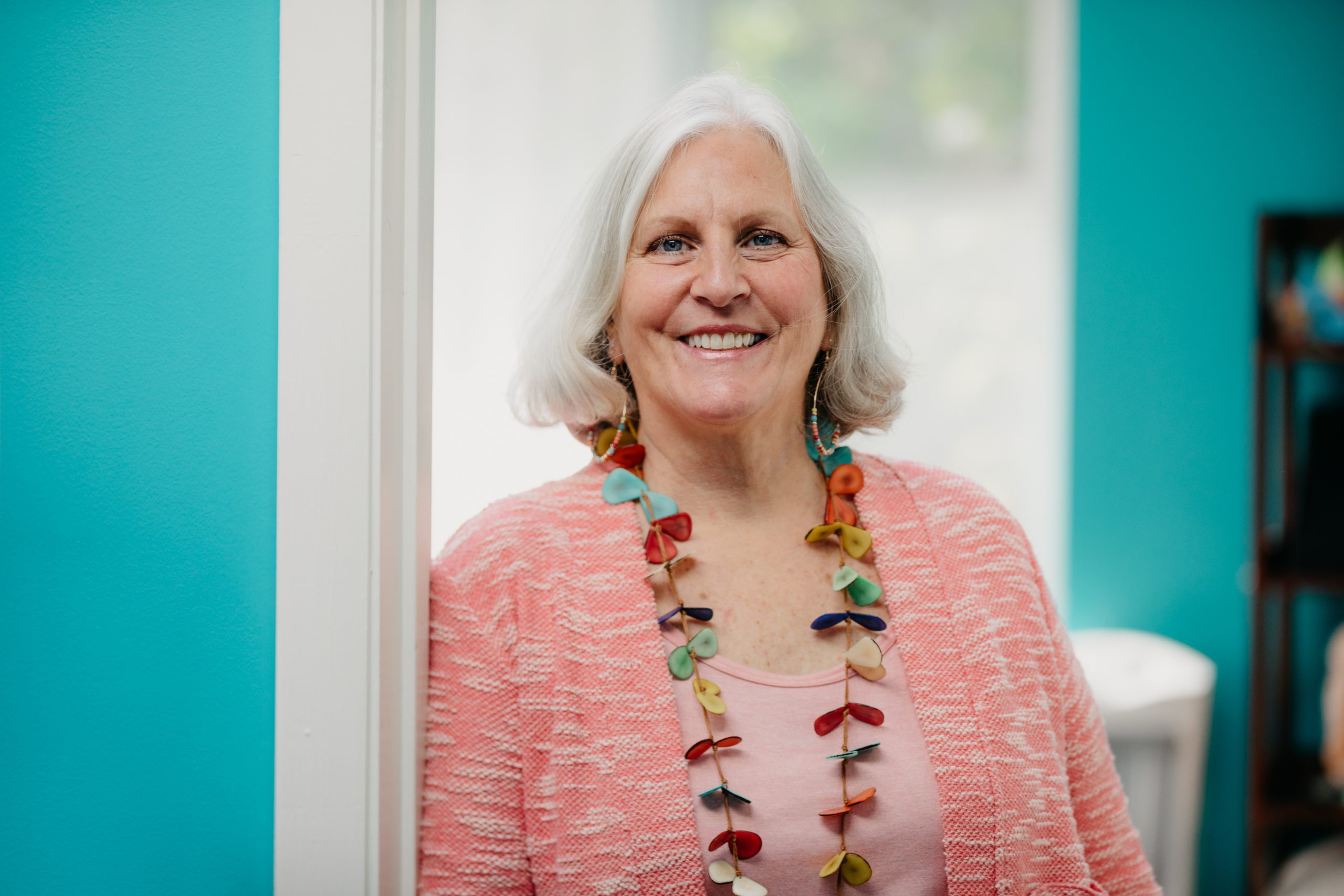Overview
COMING SOON! Understanding the suck-swallow-breathe triad is foundational knowledge that lactation professionals must have to evaluate and treat dysfunctional feeding issues successfully. Anatomical knowledge serves as a base for this module, which details the physiological components of the triad. In this module, Dr. Hazelbaker presents models, animations, and videos to demonstrate the function of the six valves that shuttle milk from the breast into the stomach.
CEUs: 1.5 L-CERP
Course Price: $50.00 (USD)
Learning Objectives
The learner will be able to:
- Describe the six oro-pharyngeal valves that shuttle milk from the breast to the stomach.
- Discuss the three main components of suck-swallow-breathe physiology.
- Describe the role that the tongue and the muscular units play in milk transfer.
Topics Covered
- Extrinsic and intrinsic tongue musculature and how they work together.
- Six valves that control milk transfer.
- Muscular units that comprise the valves and how they function.
- Pressure differential: the creation of the vacuum.
- Role of peristalsis.
- Video showing suck-swallow-breathe coordination.
- Video showing deficits of physiology.
Course/Module Description
Because the baby drives the breastfeeding system, the success of suck-swallow-breathe coordination determines the robustness of the maternal milk supply, the health and growth of the baby, the duration of the breastfeeding relationship, and the satisfaction that the dyad has in their breastfeeding relationship. To effectively support moms and babies with sucking issues, professionals need to understand the differences between normal and dysfunctional. This module delves deeply into the physiology of infant suck-swallow-breathe and examines the six valves that shuttle milk from the breast into the infant stomach. The module provides tools professionals use to assess normal and dysfunctional suck-swallow-breathe physiology.
Instructor
